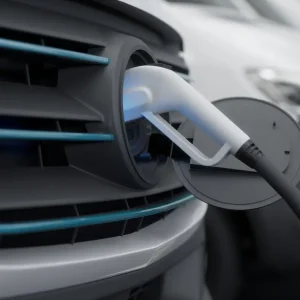“On our test we found that a fully-loaded van weighs 50 per cent more than the same van unladen,” says AEA project manager, John Norris. “However, CO2 emissions only went up by approximately 7.8 per cent on the combined cycle.”
The research also shows that payload has virtually no impact on CO2 emissions when a van is travelling at motorway speeds and that aerodynamics have more of an impact than anything else at 70mph. Opting for a medium-sized van that punches a bigger hole in the air rather than a smaller one is likely to push CO2 output up by around 40 per cent.
The report could be used to help the government draw up a graduated taxation system that will penalise the use of large vans. Such a system could, however, have the unintended consequence of increasing overloading and endangering road safety as operators switch away from heavily-taxed big light commercials and try to stuff too much weight into moderately-taxed small ones; with potentially disastrous consequence.
The use of fuel-frugal low-CO2 vans such as Citroën’s diesel Nemo should certainly be encouraged, say industry insiders; but by using the carrot, not the stick. A forlorn hope perhaps in the current political and economic climate.

 A controversial report commissioned by the Department for Transport has discovered that, contrary to popular belief, the amount of weight a van is carrying has remarkably little impact on its CO2 output. The shock findings are the result of research carried out by environmental consultancy AEA.
A controversial report commissioned by the Department for Transport has discovered that, contrary to popular belief, the amount of weight a van is carrying has remarkably little impact on its CO2 output. The shock findings are the result of research carried out by environmental consultancy AEA.



